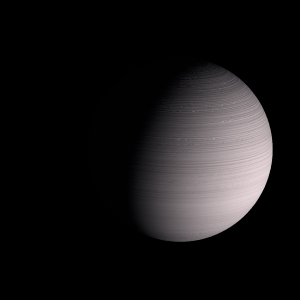|
|
Space Astro
|
Info for exoplanet "Utema"
| Scientific (actual) data |
|---|
| Name | NGTS-21 b |
| Planet status | Confirmed |
| Planet mass | 2.36 |
| Radius | 1.33 |
| Orbital period | 1.54339 |
| Semi major axis | 0.0236 |
| Orbit eccentricity | 0 |
| Inclination | 83.85 |
| Discovered | 2022 |
| Updated | 2022-10-04 |
| Tzero tr | 2458230 |
| Impact parameter | 0.63 |
| K | 506 |
| Temperature (kelvin) | 1357 |
| Publication | Published in a refereed paper |
| Detection type | Primary Transit |
| Mass measurement type | Radial Velocity |
| Radius measurement type | Primary Transit |
| Star name | NGTS-21 |
| Right ascension | 311.26° |
| Declination | -35.43° |
| Mag v | 15.6 |
| Star distance | 641 |
| Star metallicity | -0.26 |
| Star mass | 0.72 |
| Star radius | 0.86 |
| Star age | 10 |
| Star temperature | 4660 |
| Wikipedia article | NGTS-21 b |
Back
| |
| Fictional info (?) |
|---|
| Suggested name | Utema |
| Planet type | Large hot gas giant |
| A prominent result is the "great orange spot", a giant storm that is known to have existed for centuries since it was first detected by scanner. |
| Atmosphere | Carbonyl sulfide | 61% |
| Ammonium hydrosulfide (NH4SH) | 20% |
| Ethane | 19% |
| 2H2O | 0.088% |
| Hydrogen chloride | 0.037% |
| Atmospheric pressure | 0.15 bar |
 |
| Moon | Zubya Sa | Huge almost round rocky moon |
| Google search for Utema |
|
Website by Joachim Michaelis
|
|
|
|